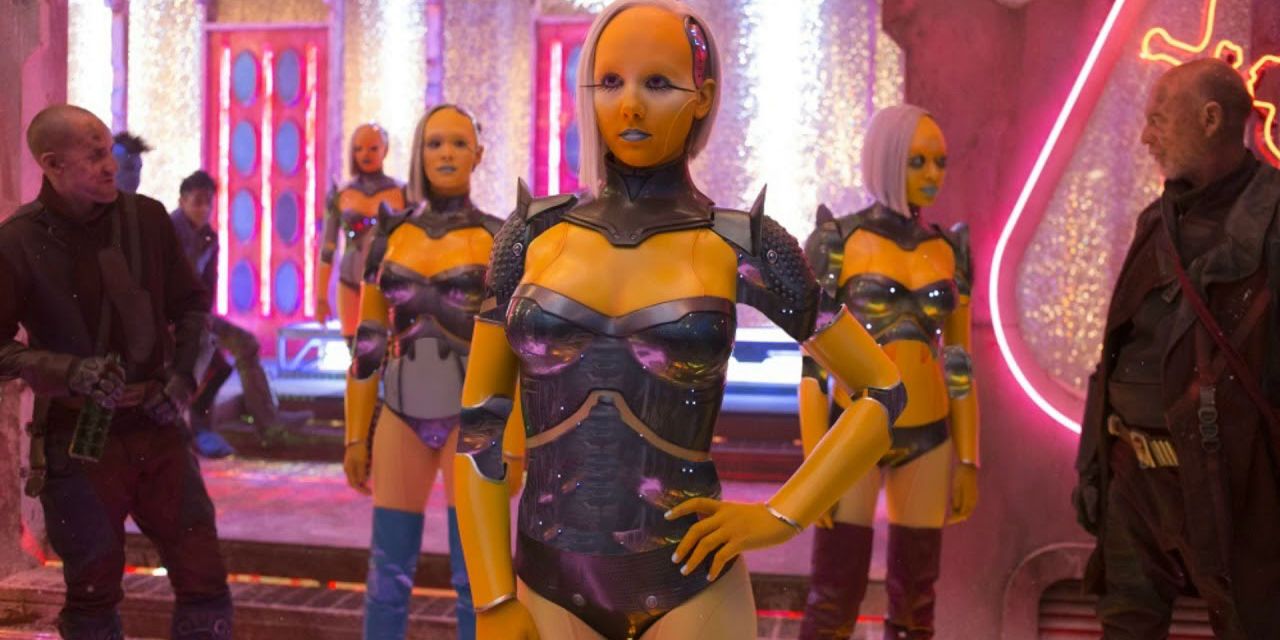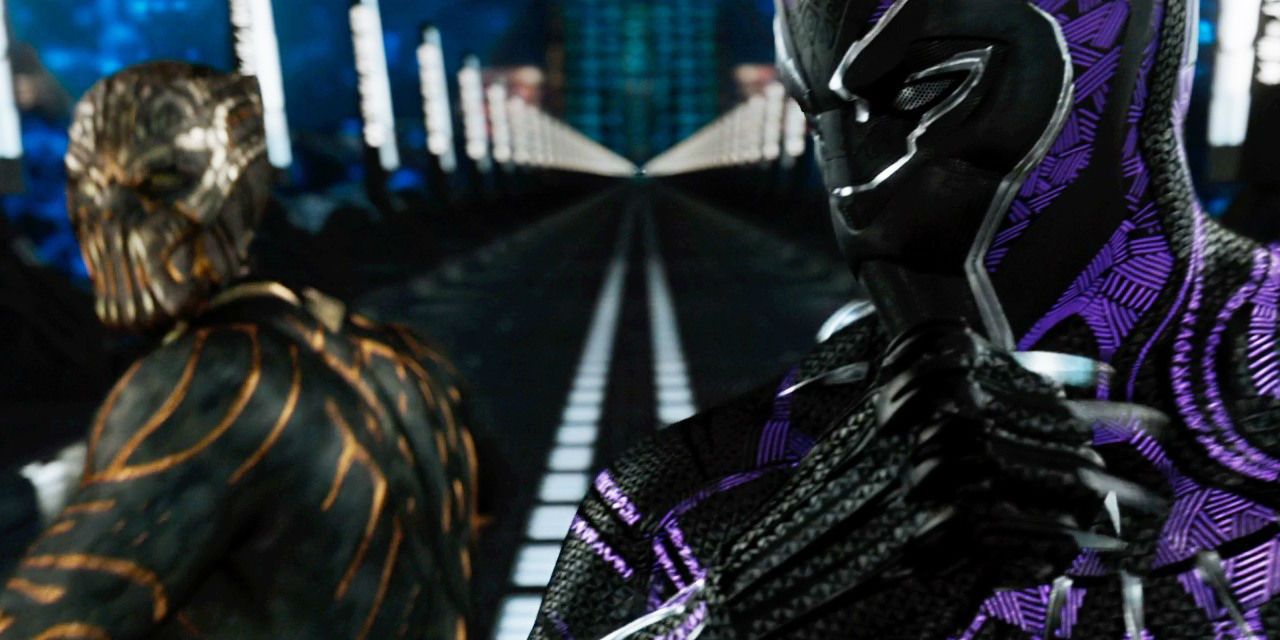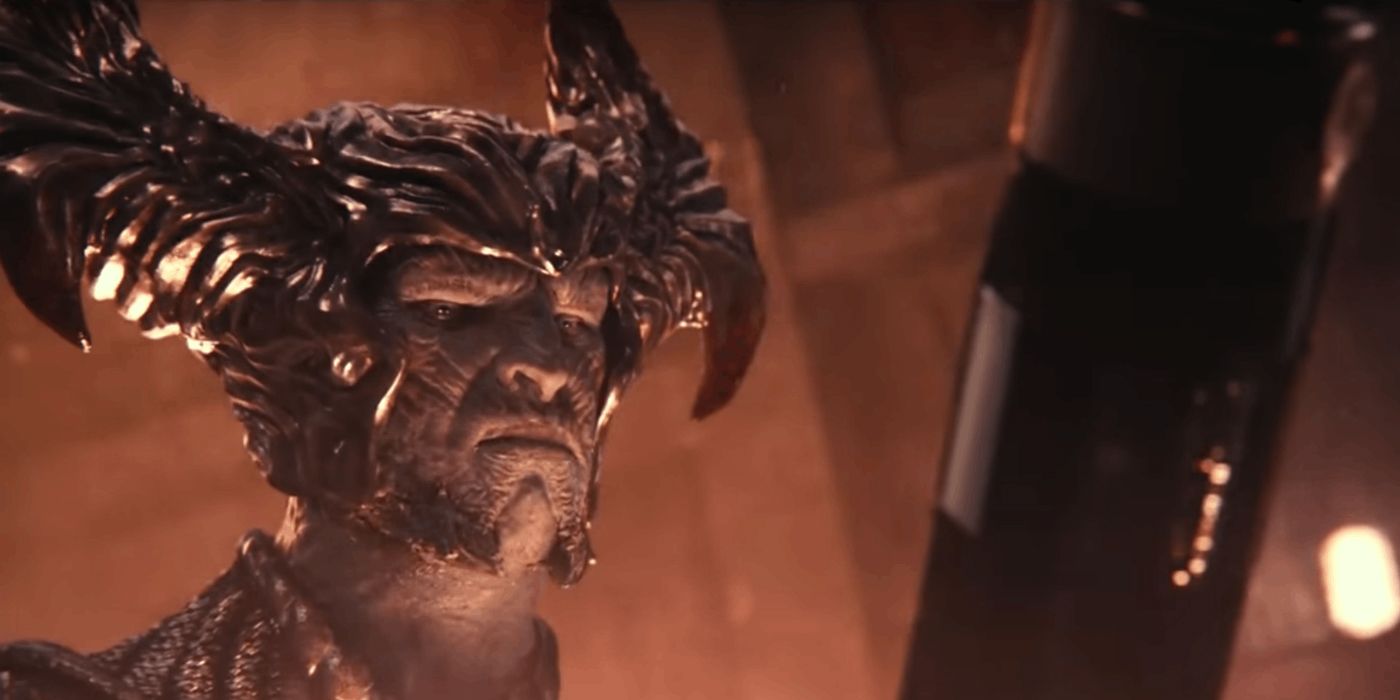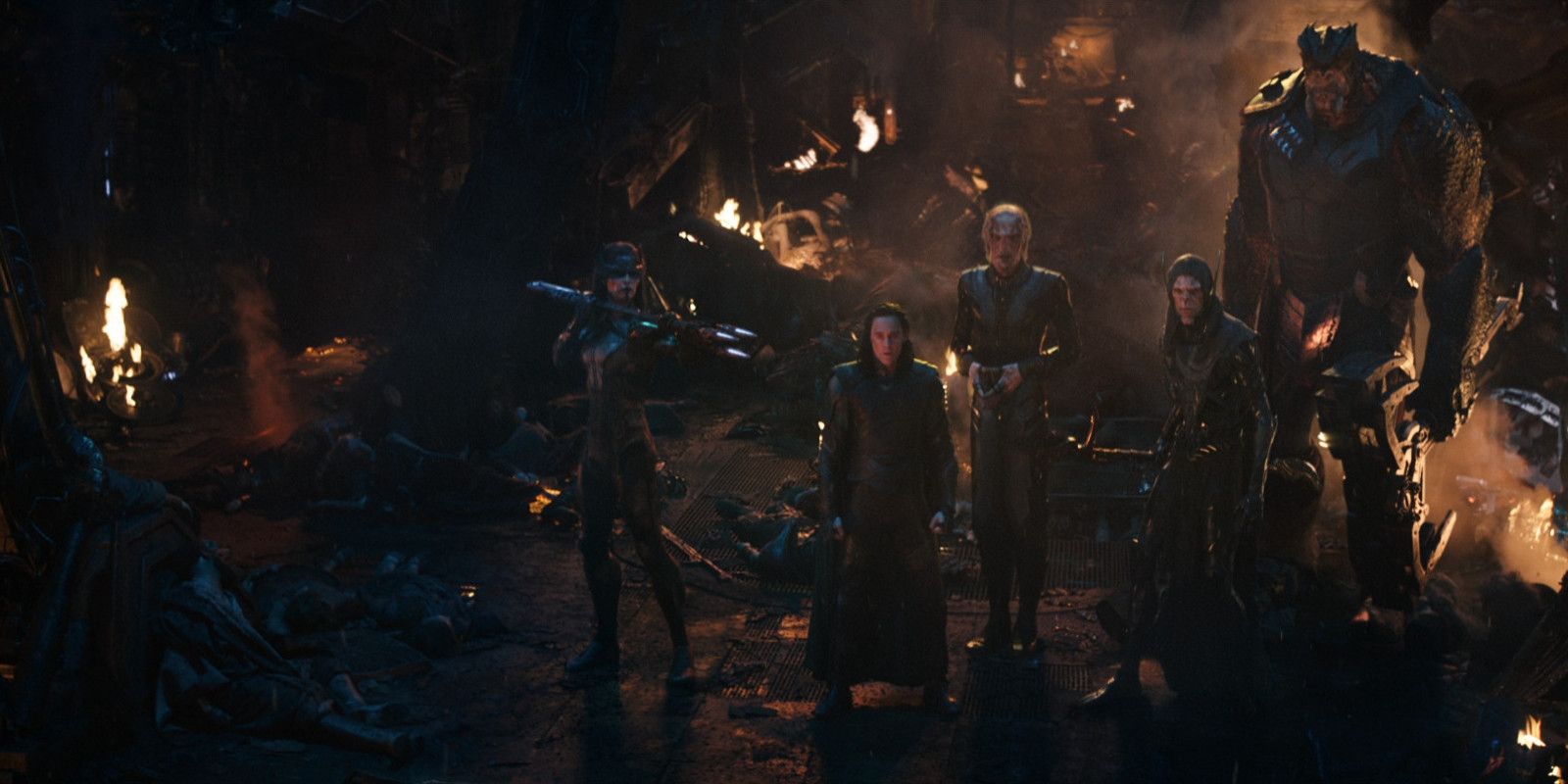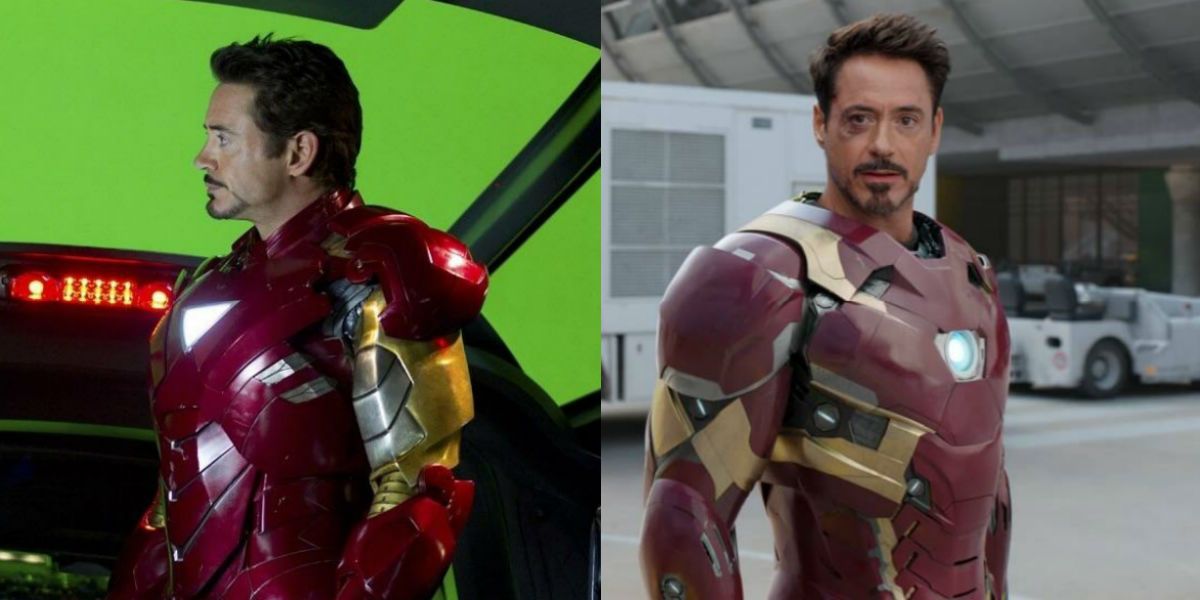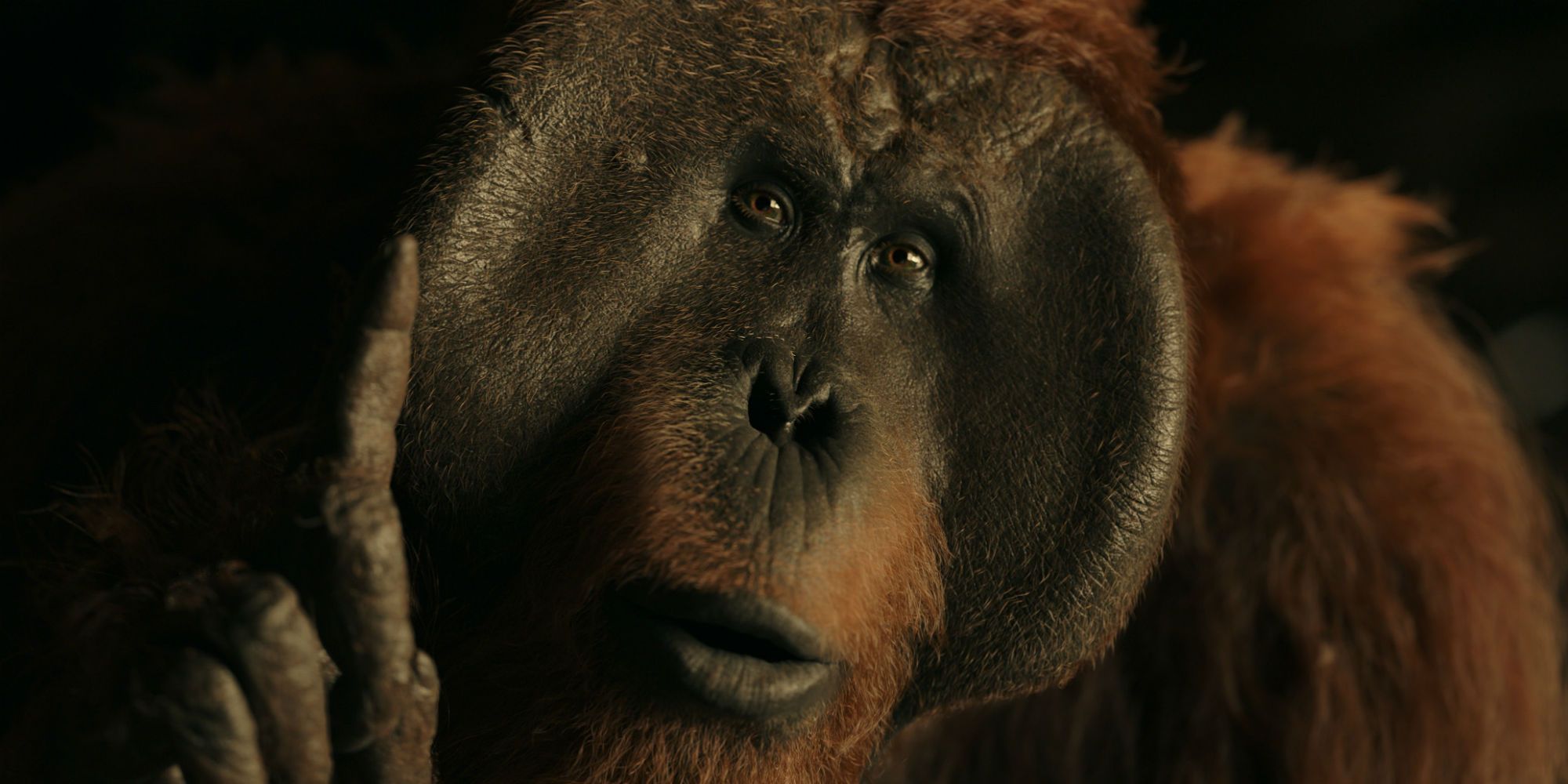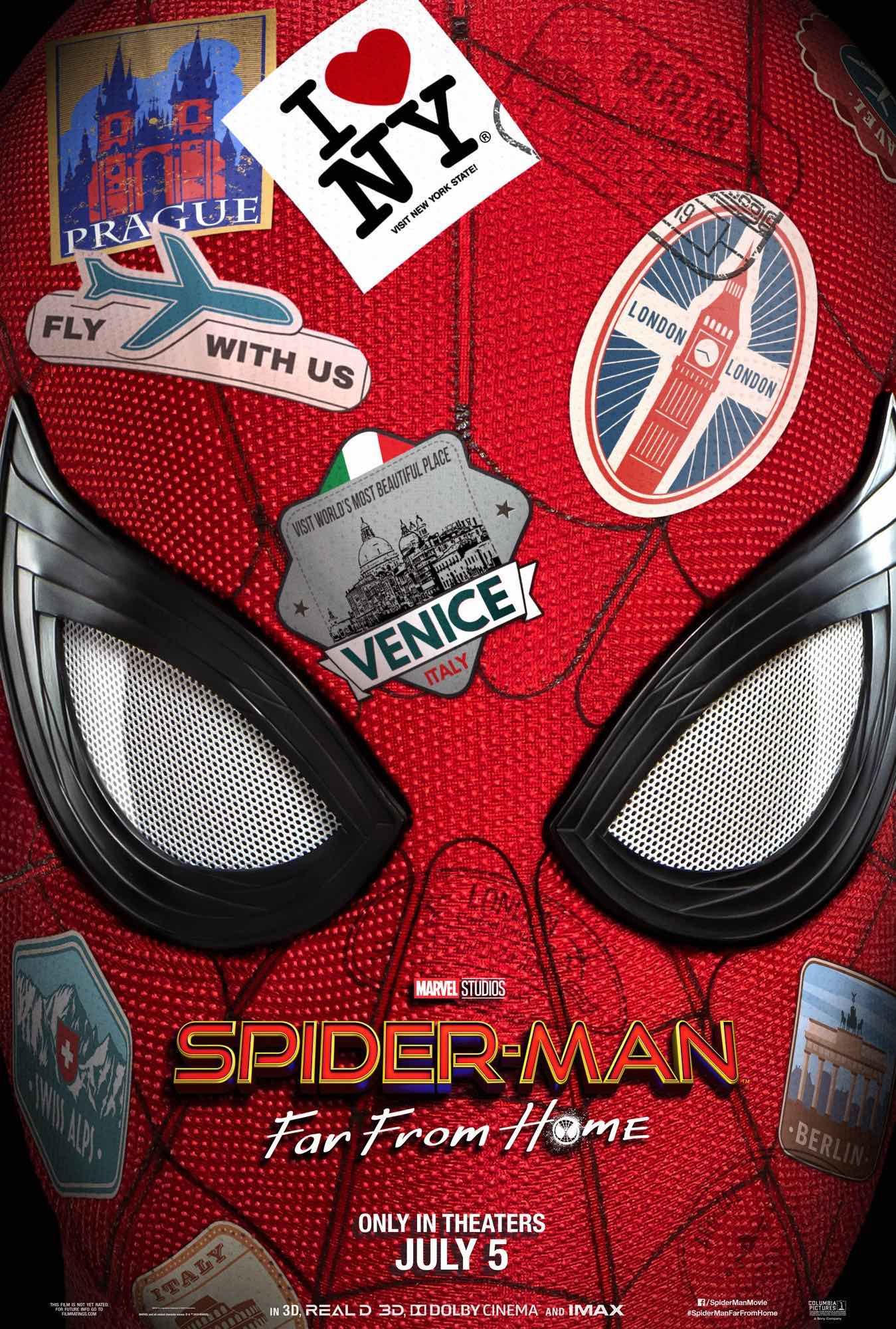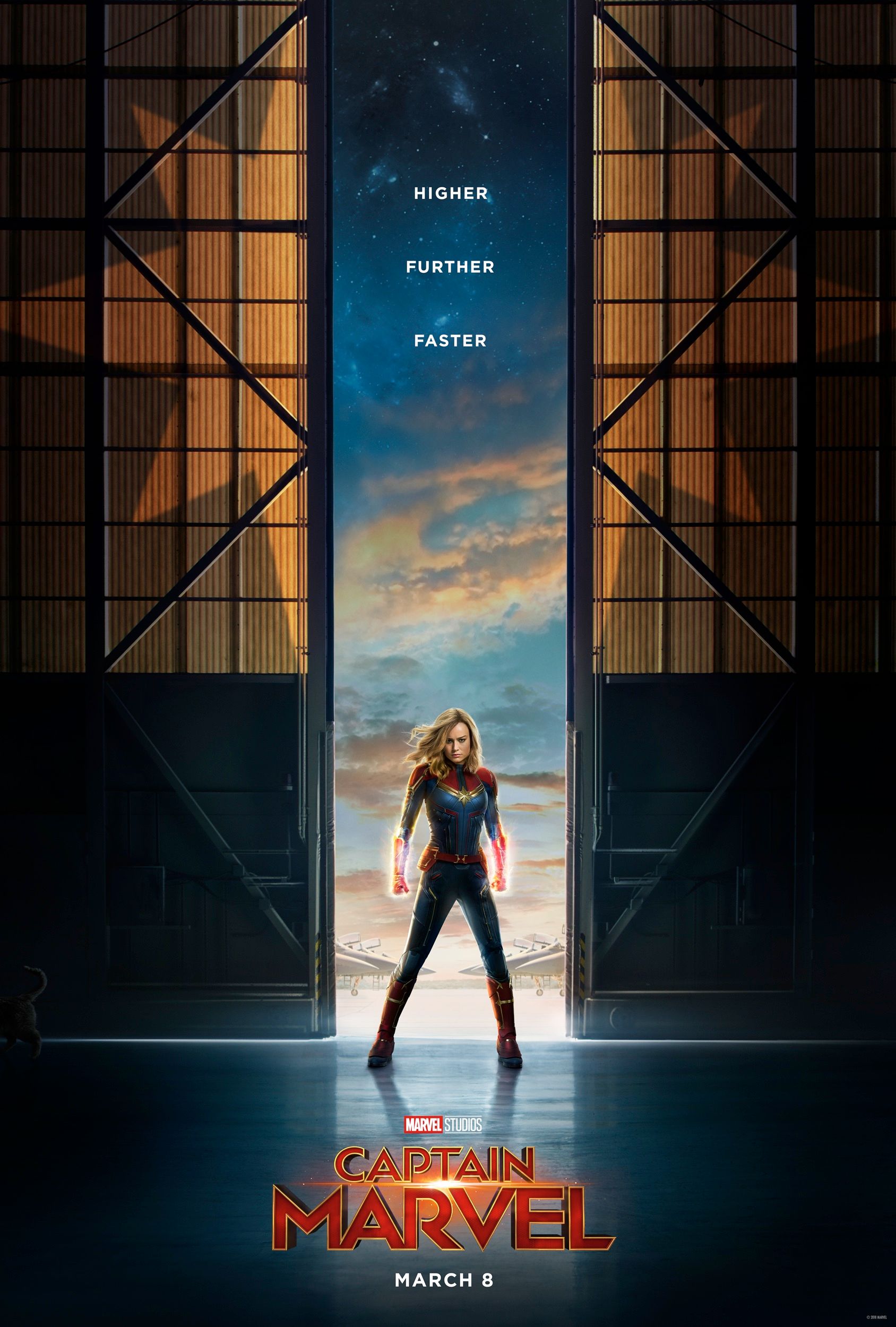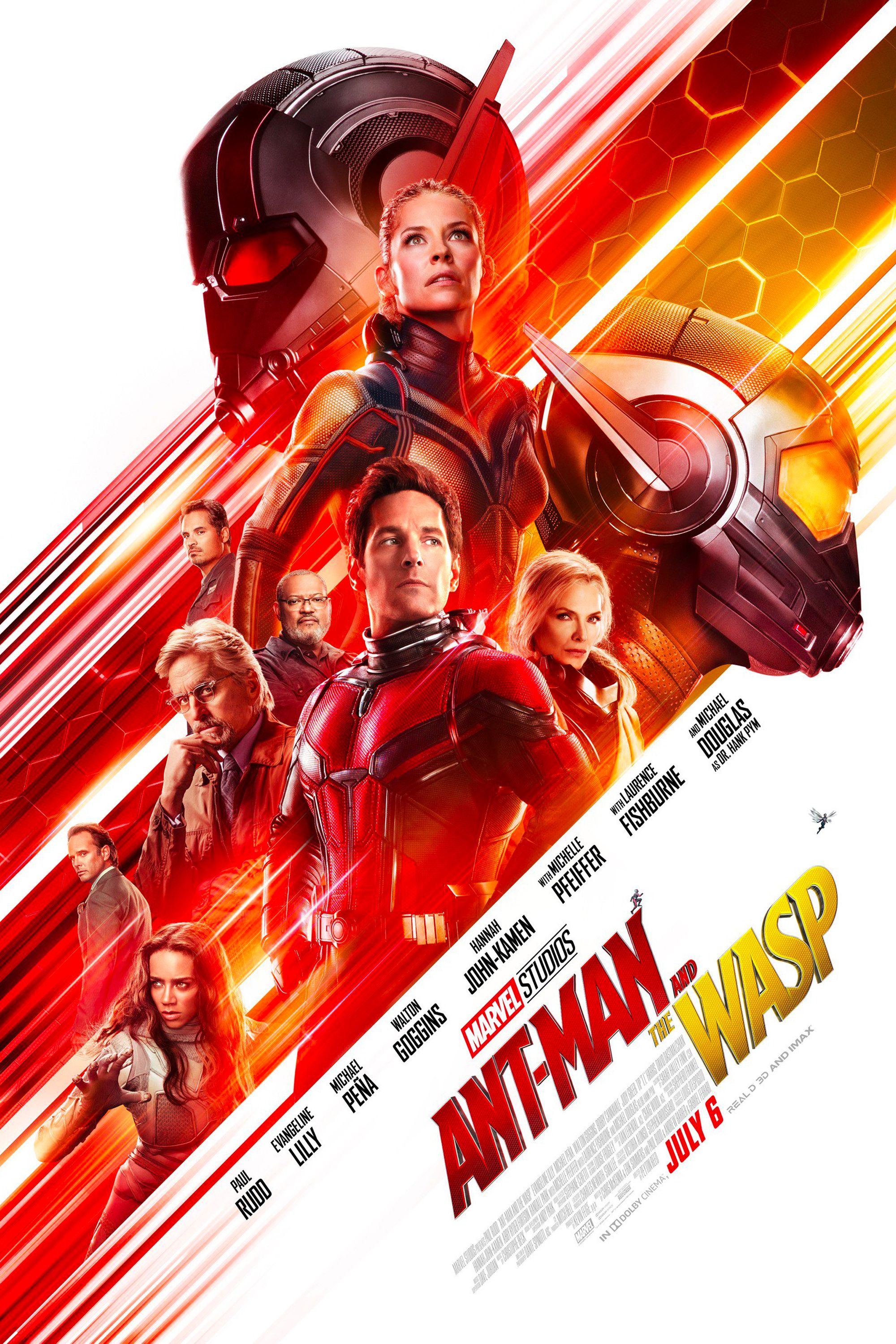In the wake of Avengers: Infinity War, fans are already looking ahead to what Marvel Studios might be planning for Phase Four of the Marvel Cinematic Universe. But beyond the obvious discussions about new story arcs and new superheroes, Marvel could use this new horizon to make a bigger commitment to practical effects, costumes, make-up and sets.There's certainly no pressure on Marvel to change things up from a financial perspective. Black Panther far outpaced even the most optimistic box office projections, while Infinity War has shattered box office records. Yet the fact that the MCU brand is about as bulletproof it's possible for a movie franchise to get is all the more reason for Marvel Studios to lead by example and find a better balance between practical effects and visual effects. Because right now, the VFX side of production is seriously overloaded - and suffering as a result.
- This Page: Why Modern CGI Often Looks Bad
Why Modern CGI Often Looks Bad
Earlier this year, Engadget published an article that bluntly asked, "Why are [Black Panther's] CG models so terrible?" - not an unreasonable question. While Black Panther was a massive box office hit and received glowing praise from fans and critics alike, there's no denying that some of its big VFX scenes looked, well, kind of bad. The most commonly criticized scene was the final battle between Killmonger and Black Panther on the tracks of a Vibranium mine train. Engadget spoke to a team member at Industrial Light and Magic (one of about a dozen companies that worked on Black Panther's VFX shots), who explained that even they weren't happy with what ended up in the movie.
In Black Panther, there are two shots that are particularly disappointing: one in which the superhero flips over a car as it crashes beneath him, and another sequence where two CG characters punch each other as they fall. (The latter sequence feels like a nod to the excellent midair fight in Spider-Man 2, except it looks significantly worse.) The insider's team (who didn't work on those shots) was worried about these scenes when they caught glimpses of them in the film's trailer. They had all the trademarks of bad CG modeling. Their team held out hope that the trailers were using early, unfinished renders, but unfortunately those problems remained in the final cut of the film.
So, how can the visual effects in movies with $100 million+ budgets look so unpolished? Essentially, it comes down to the age-old issue of quantity vs. quality. The number of VFX shots required for the average blockbuster has been spiralling upwards since the early 2000s. Per VFX Movies, The Avengers required around 2200 VFX shots, while Avengers: Age of Ultron had more than 3000. Even Captain America: The Winter Soldier (one of Marvel's more grounded movies) had 2500 VFX shots - the same number as James Cameron's 2009 visual effects pioneer Avatar.
While the raw number of VFX shots isn't a perfect measure for how effects-heavy a movie is, it's clear that Hollywood has been leaning more and more upon CGI in recent years, and VFX firms have been feeling that enormous weight. The most commonly-seen explanation for the proliferation of CGI is that it's cheaper than practical effects - but nowadays that's largely because the real cost is coming out of the pockets of visual effects companies and the artists who work for them. Yes, if you think the CGI in modern movies looks ugly, the reasons behind it are even uglier.
Related: The MCU Made Up For Its Poor CGI With Thanos
Visual effects veteran Daniel Lay, who runs the blog VFX Soldier, explains that VFX firms have cut down on costs by "eliminat[ing] benefits such as sick days, health insurance, and retirement accounts," and that due to the ever-increasing demands for more work at a lower price point, many employees are "forced to work under illegal conditions with unpaid overtime and 1099 tax statuses where we are responsible for paying the employer's portion of social security."
This brutal push to cut costs stems from the competitive nature of the industry, and from VFX firms all bidding for work on the biggest movies. Last year's Thor: Ragnarok, for example, divided its VFX workload across more than 20 companies. "Movie studios need so much work, and they're only willing to pay so much," Engadget's insider explained. "The VFX are accounting for a pretty serious chunk of these $100 to $200 million budgets, but even that isn't enough to cover the sheer amount of shots." The rush has become so bad that there's a growing trend of blockbuster movies being released in theaters with VFX shots unfinished, and studios only eventually fixing those problems for the home video release.
In short, sub-par CGI is the result of studios wanting more work done, but not offering enough time or money for VFX artists to get that work done. There's less time to work on each individual shot, and the people creating them are overworked and underpaid. Much of this stems from studios shifting the balance of work from production to post-production - and, as an industry leader, Marvel Studios is in a position to change this way of thinking.
Some Things Just Don't Need to Be CGI
Perhaps the most baffling thing about the poor CGI in recent big-budget movies is the fact that thousands of hours are spent building CG characters who could very feasibly have been created in the make-up chair. Avengers: Infinity War's most egregious example of this is Thanos' Black Order - in particular Proxima Midnight, who is literally just a tall woman with horns, but who was created using motion capture and CGI. On the other side of the fence, last year's Justice League made a play for a spot on the Most Forgettable Villains list with Steppenwolf - who, again, is just a tall guy in a horned helmet and, again, was completely CGI. Then there was The Hobbit: The Battle of the Five Armies, which filmed scenes with Billy Connolly as Dain and then bizarrely replaced him with a CGI model in the final cut.
It makes sense that characters like Groot and Rocket are entirely animated, since it's tough to create those characters using practical effects without a great deal of time and money and possibly the help of The Jim Henson Company. But despite the argument that CGI is cheaper than practical effects, it's hard to believe that the work that went into creating countless FX shots of Steppenwolf and Proxima Midnight was more cost-effective than simply putting an actor in the make-up chair. And even if it was, the end result didn't look anywhere close to as a good as, say, Karen Gillan as Nebula - a similarly complex design that was achieved with special effects make-up.
Related: The MCU Has A CGI Problem
It's not just completely CGI characters that ramp up the amount of work required in post-production; the smaller tweaks add up as well, and even things that should have been sorted in pre-production (like costume design) get pushed onto the VFX team. "The idea that you can continue to refine and update whatever is done in a computer means there's less of a need to commit to certain ideas and concepts," Engadget's source explained. This "fix it in post" attitude results in VFX firms having to add costume detail changes and other fixes to their already enormous to-do lists.
Marvel Could Lead By Example With Practical Effects
While visual effects have come a long way since the early days of CGI, practical effects have also been advancing in leaps and bounds. 3D printing has revolutionized the work process for creating costumes, creatures and make-up. There's a tendency (often a misguided attempt at praise) to describe practical effects as "old-fashioned," but the truth is that practical effects have been improving and evolving right alongside visual effects, expanding the scope of what's possible, and a Marvel Studios movie was on the front lines of the most recent push forward. Legacy Effects, who created the suit used in the first Iron Man movie, released a video explaining how 3D printing has elevated what they're able to achieve. "[The Iron Man suit] was one of the first ones we kicked off as a full-size piece," says model shop supervisor Dave Merritt. "At the time we were the first people to do that type of work."
There are also actors like Doug Jones (who recently played a fish monster/love interest in Guillermo del Toro's The Shape of Water) and Javier Botet (who played the titular ghost in Mama and The Crooked Man in The Conjuring 2) who specialize in roles that require heavy prosthetics and inhuman-looking movements. Indeed, horror movies continue to lead the pack when it comes to inventive practical effects and make-up design - in part because their limited budgets mean a restricted VFX budget as well.
By contrast, no one is really looking to superhero movies to go all-out with practical effects. After all, these are films about aliens and wizards and giant green rage monsters set against fantastical backdrops like Asgard and Knowhere. What's more, the occasional bit of sub-par VFX work in Marvel movies certainly hasn't stopped people from flocking to see them, and most people probably won't even notice if the character models don't look great in certain shots.
But given the negative impact that Hollywood's CG addiction has had on VFX firms, Marvel has an opportunity - and, arguably, a responsibility - to seek a better balance between practical effects and visual effects. Parent company Disney has already achieved that balance with the current wave of Star Wars films, which have noticeably leaned into practical effects when it comes to alien and creature designs. Speaking to SlashFilm, Star Wars: The Last Jedi's creature designer Neal Scanlan said that the film had "over 180 to maybe 200 elements of practical creatures, characters or Droids" - among them, the adorable Porgs of Ahch-To and Luke Skywalker's old mentor, Yoda. Yet The Last Jedi also boasted some stunning, highly polished visual effects, like Andy Serkis' villainous character Snoke.
Related: Why Justice League's CGI is So Bad
While there's a lot of knee-jerk criticism of CGI out there, with some maintaining that practical effects always look better, the general consensus among both practical and visual effects artists is that the two work best in tandem. "My feeling is CGI makes it better, said legendary special effects make-up artist Tom Savini, in an interview with Tested. œIt used to be a challenge to try and create what was in the script. Now anything you can imagine can be created on the screen." That kind of freedom and convenience can be addictive, leading to an over-dependence on creating anything remotely tricky in post-production. "CG can be absolutely perfect, and it's in the discretion of the director not to overdo it," explained Jaws production designer Jon Alves.
Perhaps the best recent example of balancing the real and the digital to the benefit of both is the recent Planet of the Apes prequel trilogy. Yes, the movies are effects-heavy - after-all, the photo-realistic CGI apes are the main characters, and one of the franchise's biggest selling points - but behind-the-scenes videos of the films being made show motion capture performers running around real locations and massive sets. The apes may be digital, but the horses they're riding on are real. According to SCMP, War for the Planet of the Apes had around 1,400 VFX shots, with most of those crafted by the same studio: Weta Digital. That's less than half the number required for Captain America: Civil War, whose visual effects were put together by more than a dozen different firms. By really zeroing in on creating highly realistic fur and leathery ape skin in different environments (from a forest in the rain to a snow-covered mountain), Weta was able to truly push the envelope in bringing CGI characters to life.
Thanos in Avengers: Infinity War is an example of how good CGI in Marvel movies can look with enough time and focus devoted to it, and some of the advancements seen in MCU movies have been quite revolutionary. The studio has perfected the art of de-aging actors, offering audiences a magically younger Michael Douglas in Ant-Man and a college-aged Robert Downey Jr. in Civil War. Yet MCU movies are also guilty of deploying VFX not because there's no other way to achieve the shot, but rather because it makes things easier during the production stage.
There are changes on the way for the Marvel Cinematic Universe. Avengers 4 will serve as a finale for everything we've seen so far, and most of what will come after that has yet to be announced. With the franchise soon starting a new chapter, and new characters and worlds to explore, it's time to rethink how those characters and worlds are created - so they can look their best.

